In a journal called Small, researchers have described a new targeting mechanism for delivering senolytic compounds where they need to go.
Finding the right nanoparticle.
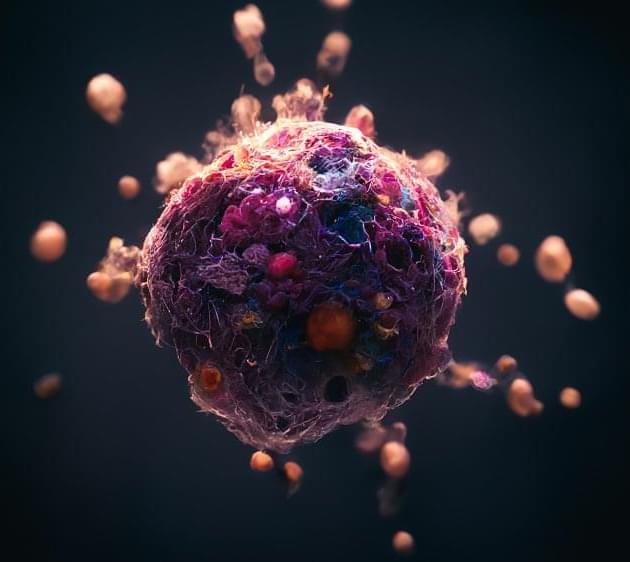
In a journal called Small, researchers have described a new targeting mechanism for delivering senolytic compounds where they need to go.
Finding the right nanoparticle.
When super intelligence happens technology will greatly advance we must merge with this technology.
The Nobel Prize winning ‘Godfather of AI’ speaks to Newsnight about the potential for AI “exceeding human intelligence” and it “trying to take over.”
Geoffrey Hinton, former Vice President of Google and sometimes referred to as the ‘Godfather of AI’, has recently won the 2024 Nobel Physics Prize. He resigned from Google in 2023, and has warned about the dangers of machines that could outsmart humans.
In May 2024, Faisal Islam spoke to the professor for Newsnight.
Newsnight is the BBC’s flagship news and current affairs TV programme — with analysis, debate, exclusives, and robust interviews.
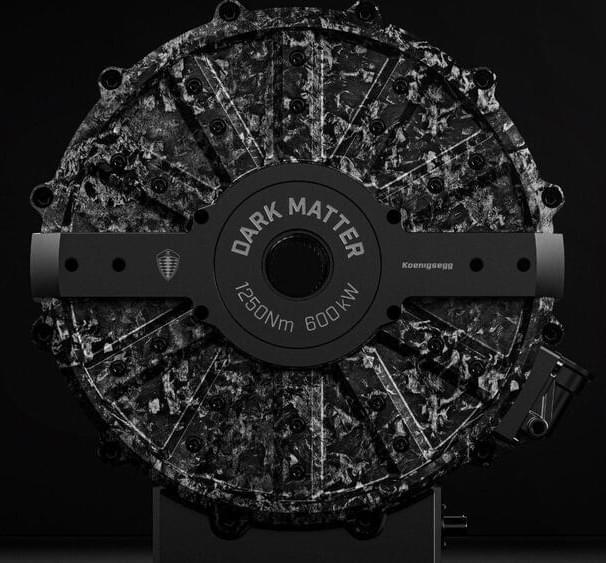
Meet the Dark Matter, the groundbreaking electric motor powering Koenigsegg’s new Gemera hypercar. Officially known as the Dark Matter Raxial Flux 6-phase E-motor, this revolutionary piece of technology debuted at the 2023 Goodwood Festival of Speed. Boasting an impressive 800 horsepower and 922 lb-ft of torque, while weighing just 40kg, the Dark Matter is hailed as the world’s most powerful automotive-grade electric motor. With its unique six-phase technology, it marks a major leap forward in electric vehicle engineering, surpassing the three-phase motors commonly used in most electric vehicles today.
The Dark Matter electric motor is considered the world’s most powerful automotive-grade motor, using a unique six-phase technology. This motor is a significant improvement over the three-phase motors commonly used in most electric vehicles today. The Dark Matter replaces the previous motor used in the Gemera, called the Quark.
Both the Quark and the Dark Matter are “raxial flux” motors, which combine features of two common types of electric motors: radial flux and axial flux. Radial flux motors offer more power but less torque, while axial flux motors are known for providing high torque but with less power. The key difference between these two designs is how the magnetic field travels through the motor. In a radial flux motor, the magnetic field path is longer, creating more power. In an axial flux motor, the magnetic field follows a shorter, more direct path, giving the motor more torque.
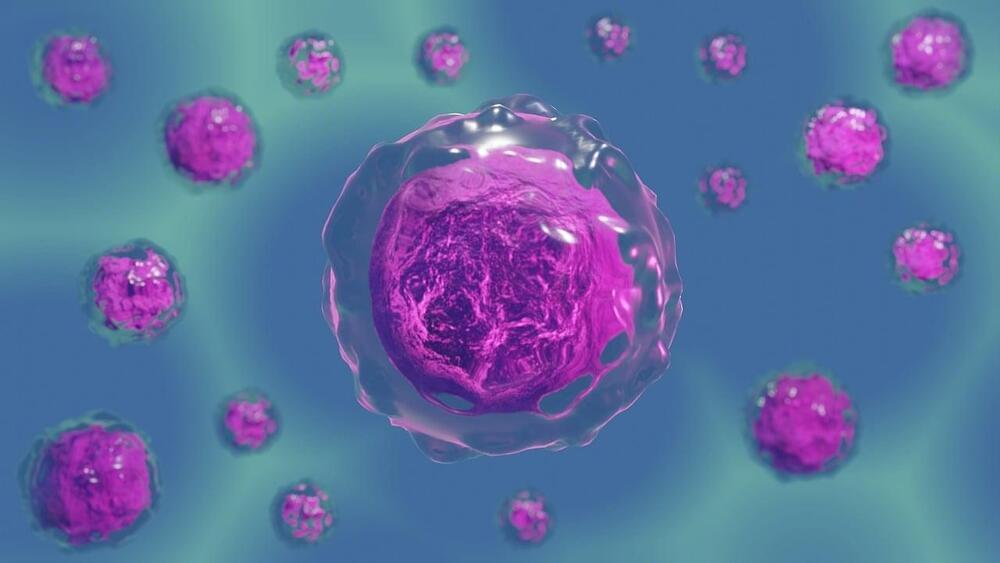
Immunotherapy, cancer treatments that alter the immune system, making it better apt to fight tumor cells, have provided novel and efficacious therapeutic options for patients with advanced, difficult-to-treat malignancies. Many immune-based therapies work to boost immune mediators within the tumor microenvironment, and others can prime immune cells circulating through the body.
A groundbreaking study published in Cancer Cell brings us closer to achieving the best of both worlds. The novel data describing this comprehensive study suggests that we can achieve better efficacy with an immunotherapy that optimizes the immune response both inside the tumor (intratumoral immunity) and throughout the rest of the body (systemic immunity).
The researchers identified an enzyme (P4HA1) that is pivotal in directing immunotherapy effectiveness. P4HA1 regulates the differentiation of CD8+ T cells, a vital immune cell subset needed for finding and killing cancer. The study found that P4HA1 significantly upregulated the tumor-draining lymph nodes (TDLN), the lymph nodes located directly downstream of a tumor where immune cells, and sometimes cancer cells, drain out of the tumor.
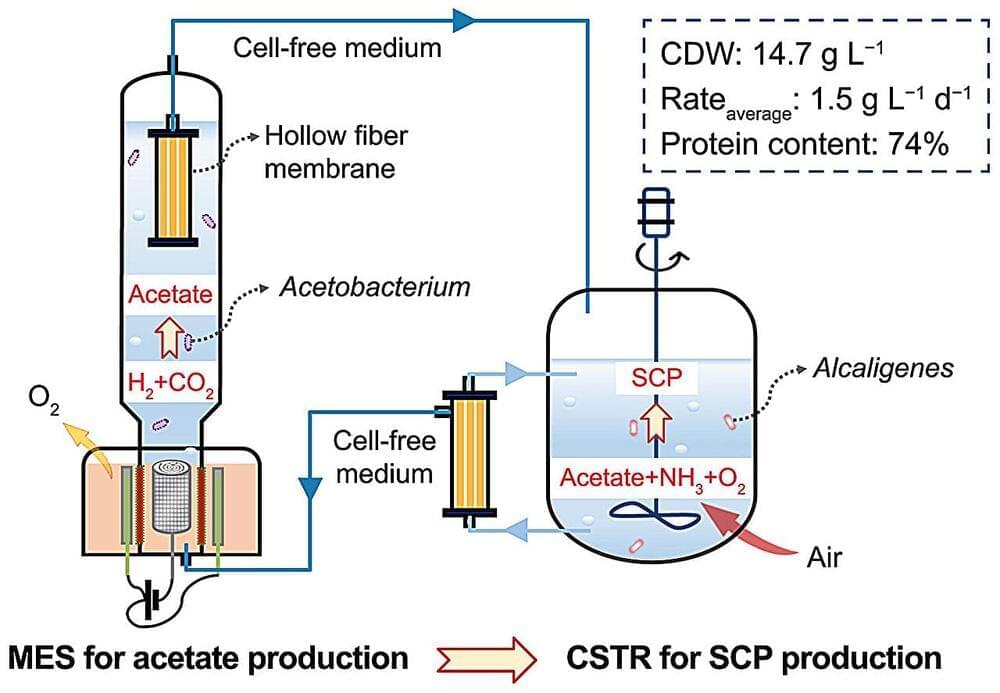
A team of chemical, industrial and biotechnical engineers affiliated with several institutions in China has developed a dual-reactor system that can be used to convert CO2 to a consumable single-cell protein. In their paper published in the journal Environmental Science and Ecotechnology, the group describes how they designed, built and tested their dual reactor system and its possible uses.
Scientists note two major impediments to the continued practical existence of mankind: climate change and food production. In this new effort, the team in China developed a dual-reactor system that tackles both problems at once—it uses carbon dioxide in the air to produce a type of protein that can be consumed as food.
The new system has two stages. The first uses microbial electrosynthesis to convert carbon dioxide into acetate, which then serves as an intermediary. The second stage involves feeding the acetate produced in the first stage into a reactor, where it is mixed with aerobic bacteria, which uses the acetate to produce a single-cell protein.
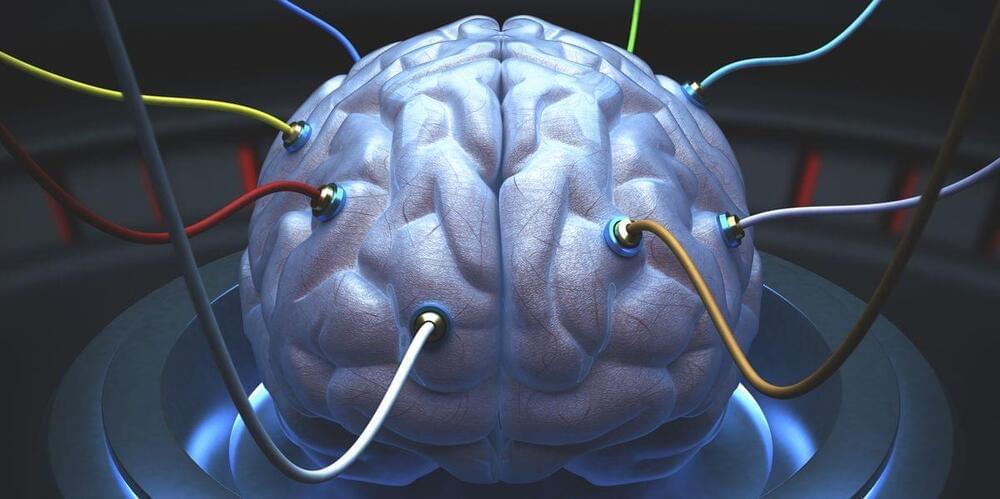
When dealing with a human brain, preventing perception would require even more care. If a person’s brain inched toward consciousness under such an experiment, the consequences would be thorny, according to Hank Greely, a biomedical legal expert at Stanford University in California. “That’s very tricky ethically, legally and scientifically,” he told New Scientist.
Vrselja told the publication that he and his colleagues “have no intention of plugging anyone at the point of death into their BrainEx machine.” But what they’ve accomplished so far is a significant step toward proving that brain death may not be as final as we once thought, arousing fresh hope that patients who are hovering between life and death can still be saved.
In the meantime, the researchers have had some success in keeping brains “cellularly active for up to 24 hours” so they can test treatments for neurological conditions. They hope to help patients with diseases such as Alzheimer’s and Parkinson’s.

Grok, the AI assistant integrated into the X platform, has been released as a standalone app, expanding its reach beyond the social media site. Developed by xAI, the app retains its signature conversational tone, which the company describes as “humorous and engaging.” Grok allows users to generate images, summarise text, and answer questions.
Initially launched in December 2024 for a limited set of users, the Grok app builds on X’s rollout of a free tier for the AI assistant. Previously, access to Grok was tied to an X Premium subscription, starting at $8 per month. The free tier allows 10 requests every two hours and three image analysis requests per day — restrictions that may also apply to the standalone app.
Users can sign in to the app using Apple, Google, or X accounts, or simply by email. It’s unclear if X Premium subscribers gain additional benefits when using the Grok app, as they do on X.



Humanity’s fascination with the unknown is a timeless impulse, rooted in curiosity and the desire to push boundaries, uncover mysteries, and open doors to new frontiers. What were once represented by voyages and the discovery of new islands and continents are now pursued in the vastness of the Universe. As we seek answers, provoke new questions, and open doors to endless possibilities, this drive continues to inspire. It has shaped countless literary and cinematic works, transforming interstellar exploration from a science fiction concept into a vision increasingly grounded in reality. One such visionary project is Project Hyperion, spearheaded by the Initiative for Interstellar Studies (i4is), which challenges humanity to develop practical solutions for interstellar travel through a design competition. By envisioning generation ships—vast, self-sustaining habitats capable of supporting multigenerational societies on journeys spanning centuries—the project not only pushes the boundaries of technology but also sparks social innovation, stretching the limits of our collective imagination.
The exploration of outer space, which began during the Cold War space race with milestones like the launch of Sputnik in 1957 and the Apollo 11 Moon landing in 1969, has driven advances in science, technology, and geopolitics. Since then, continuous efforts such as the International Space Station (ISS), launched in 1998, have provided platforms for microgravity experiments essential to research in biomedicine and physics, as well as preparation for lunar and Martian missions. Simultaneously, spacecraft have evolved from orbital missions to interplanetary exploration and, more recently, space tourism, with vehicles like SpaceX’s Crew Dragon and Blue Origin’s New Shepard offering unique experiences in space.
However, the challenge of interstellar exploration—journeys beyond our solar system to distant stars—presents far greater complexity and requires a radical reimagining of space technology. An interstellar spacecraft would not simply be a scaled-up version of today’s spaceships but a structure capable of sustaining journeys lasting centuries, traversing immense distances. To endure such long voyages, these ships must be self-sustaining, with closed-loop life support systems, food production, and resource recycling, creating an environment where people are born, live, and die. Beyond technological challenges, there are also social and psychological hurdles to prolonged space travel. Such a ship must be not only a high-performance machine but also a viable habitat for living, working, and fostering a society across generations. This requires rethinking how we organize coexistence, social relationships, and power dynamics in an isolated and confined environment.